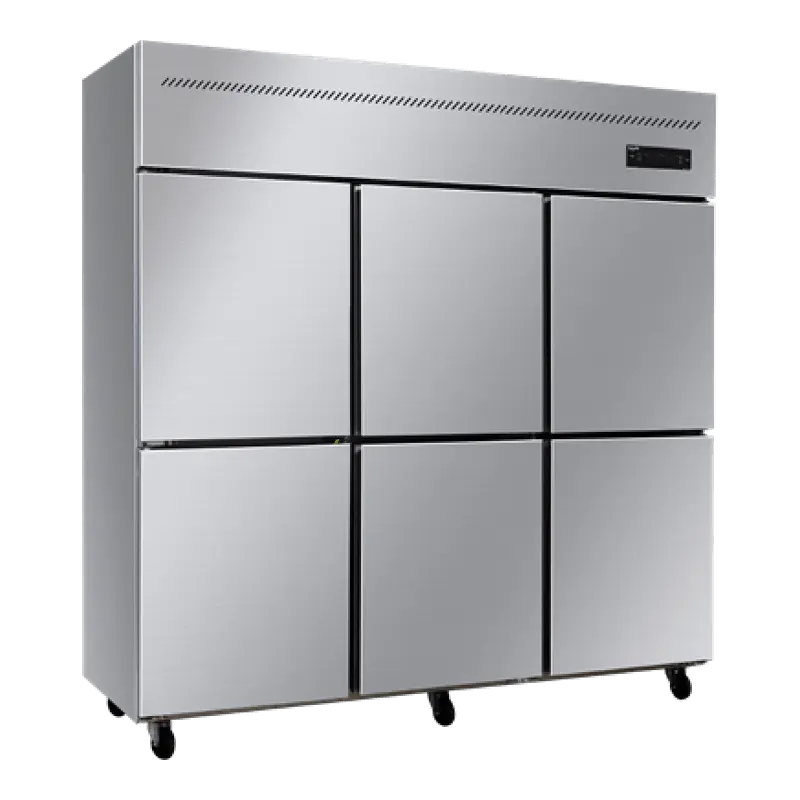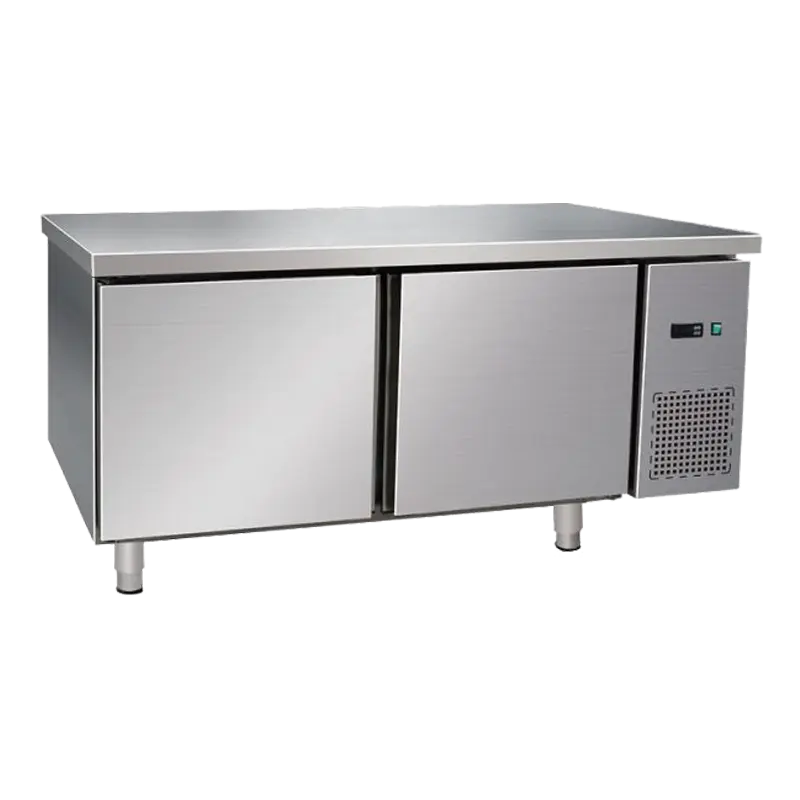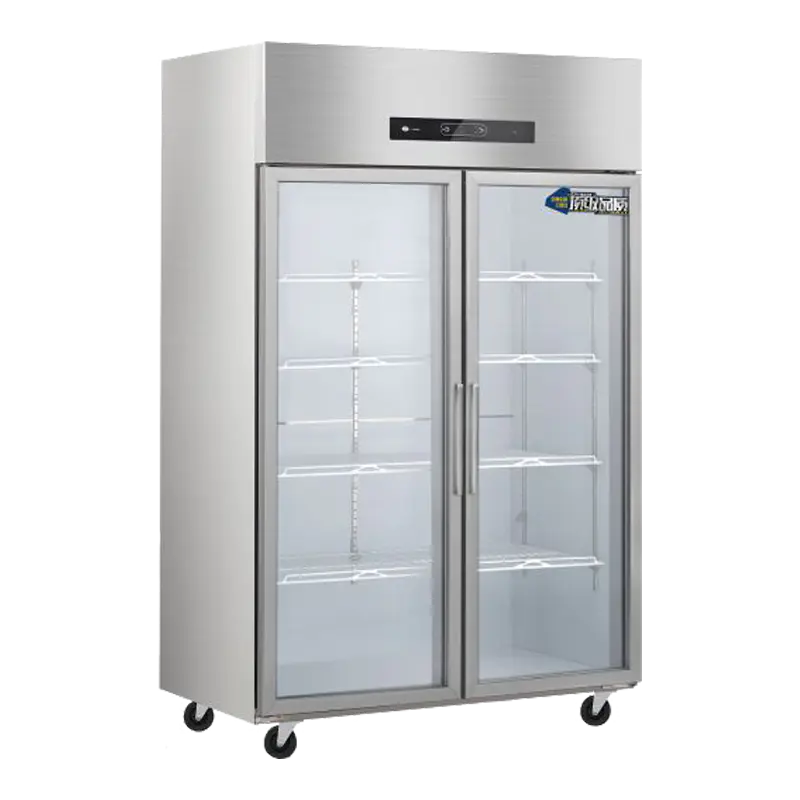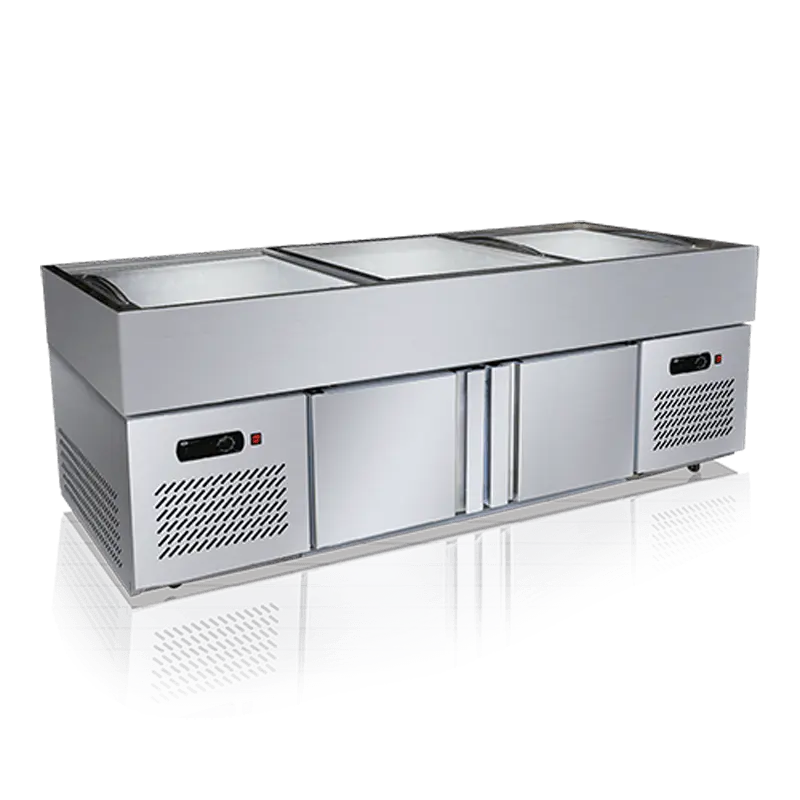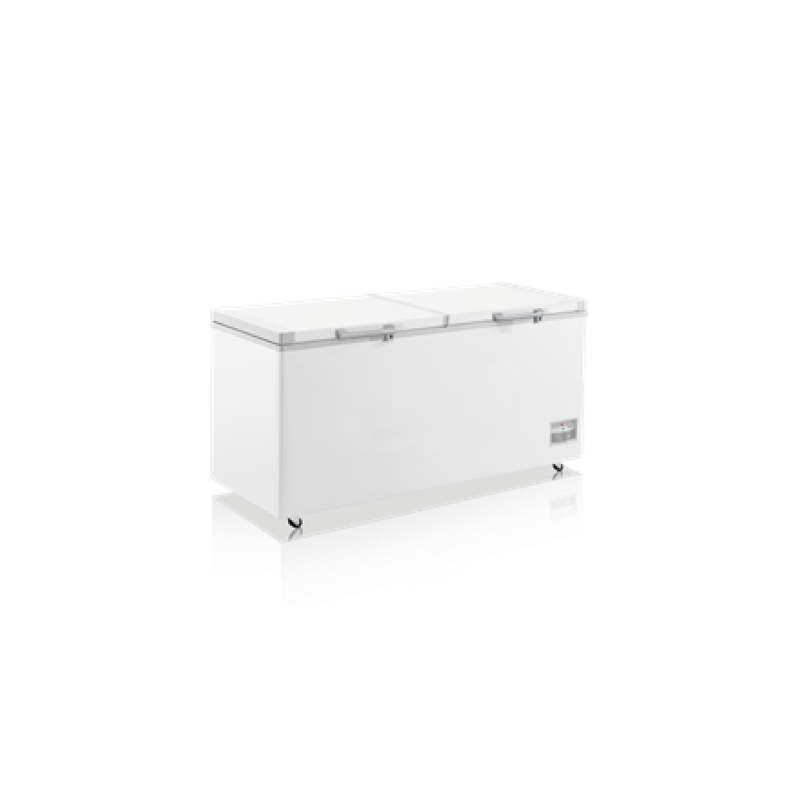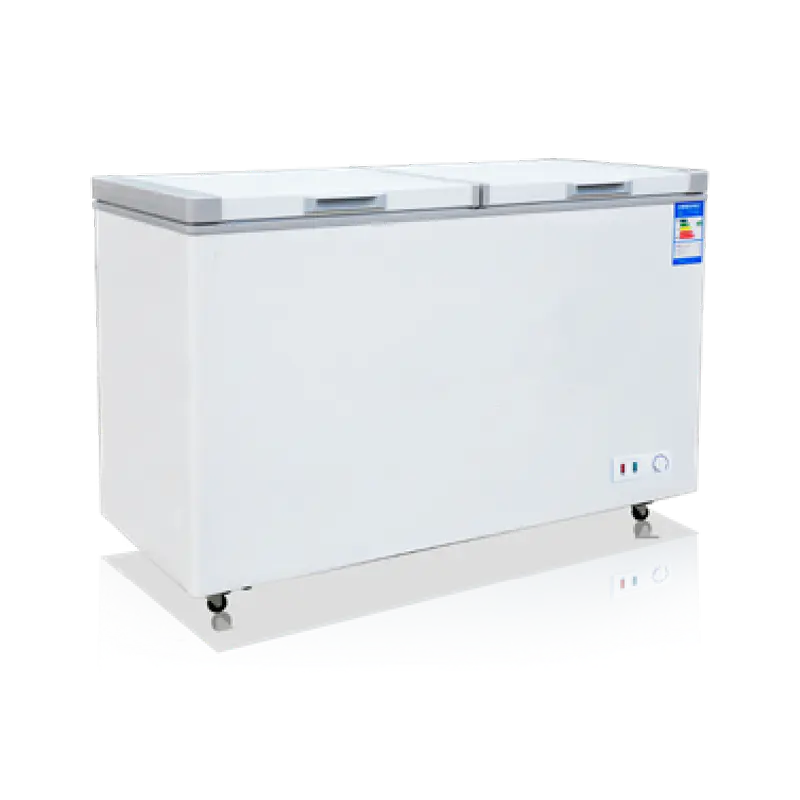How Are Commercial Chest Freezers Insulated?
When it comes to commercial chest freezers, one of the most crucial aspects that directly impacts efficiency and performance is insulation. Without effective insulation, these vital appliances would struggle to maintain the desired low temperatures, leading to energy inefficiency, potential product loss, and increased operational costs. Understanding how commercial chest freezers are insulated can help businesses make informed decisions and enhance their refrigeration systems' longevity and performance.
The Role of Insulation in Chest Freezers
Insulation is the barrier between the external environment and the internal freezing compartment. Its primary function is to prevent the escape of cold air and to minimize the infiltration of warmer air from the surrounding environment. This process ensures that the freezer works efficiently, requiring less energy to maintain the cold temperatures that preserve food and other perishable items.
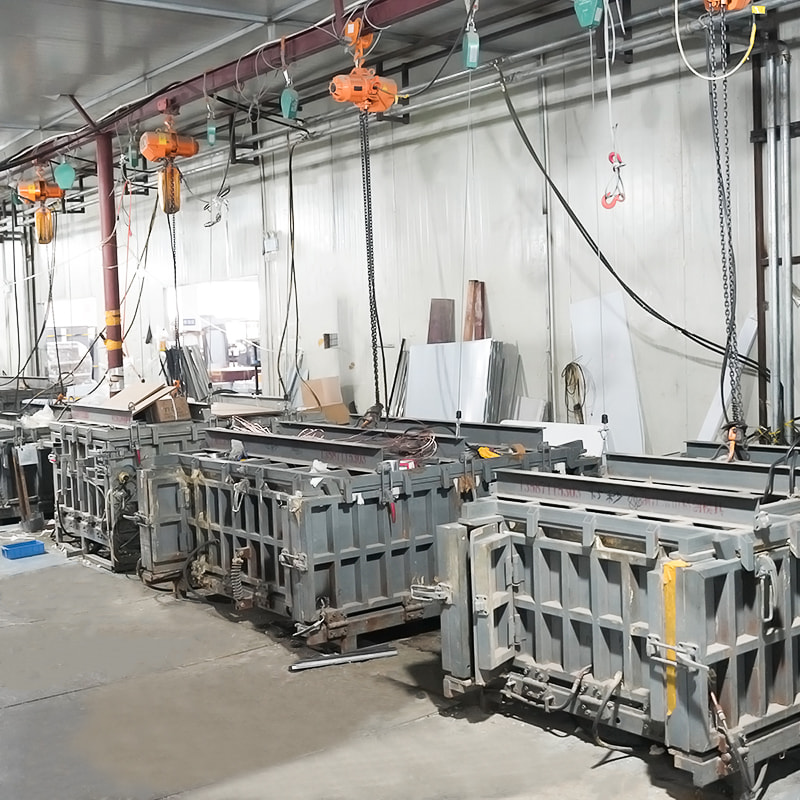
Materials Used for Insulation
Several materials can be used to insulate commercial chest freezers, each with unique properties designed to provide superior performance. The most common insulation materials include:
Polyurethane Foam
Polyurethane foam is the most widely used insulation material in chest freezers. It is favored for its high thermal resistance, ensuring that the freezer's internal temperatures remain stable even when external conditions fluctuate. This foam is injected into the walls of the freezer and expands, creating a dense, solid layer that helps to minimize heat transfer.
Polystyrene Foam
Another insulation material used in some commercial freezers is polystyrene foam, which offers a cost-effective alternative to polyurethane. While not as thermally efficient as polyurethane, it still provides reasonable insulation and is often used in budget-friendly models.
Vacuum Insulation Panels (VIPs)
For businesses that demand superior insulation performance in tight spaces, vacuum insulation panels (VIPs) are a top-tier choice. VIPs are thin, yet highly effective in reducing thermal conductivity. Their use ensures maximum insulation without significantly increasing the size of the freezer, making them ideal for commercial kitchens or retail spaces where space is at a premium.
Design and Construction of Insulated Freezers
The insulation in commercial chest freezers is not just about the material used but also the method of installation. Insulation is typically incorporated into the walls, lid, and floor of the freezer, forming a continuous layer that traps cold air inside. Manufacturers usually inject the chosen insulation material into the cavity of the freezer and seal it, ensuring that no air gaps exist to compromise the freezer's performance.
In most high-end commercial chest freezers, insulation is thick and uniform to enhance energy efficiency. The walls are usually several inches thick, and the lids are also heavily insulated to reduce the chance of heat intrusion. Many models also feature double seals around the edges of the lid and door to further minimize energy loss.
Thermal Efficiency and Energy Savings
The effectiveness of the insulation directly impacts the freezer’s thermal efficiency. Well-insulated chest freezers are able to maintain internal temperatures with minimal energy consumption, which translates into significant cost savings over time. Businesses that rely on these appliances for storing perishable goods benefit not only from reduced electricity bills but also from the ability to store items for longer periods without compromising their quality.
Effective insulation is the cornerstone of a reliable, energy-efficient commercial chest freezer. By utilizing high-performance materials such as polyurethane foam, polystyrene, and vacuum insulation panels, manufacturers create systems that are capable of withstanding temperature fluctuations while maintaining optimal internal conditions. Whether for a bustling restaurant kitchen, a supermarket, or a cold storage facility, understanding how chest freezers are insulated helps businesses make informed purchasing decisions, ultimately ensuring they get the most out of their investment.


 English
English русский
русский Español
Español عربى
عربى


